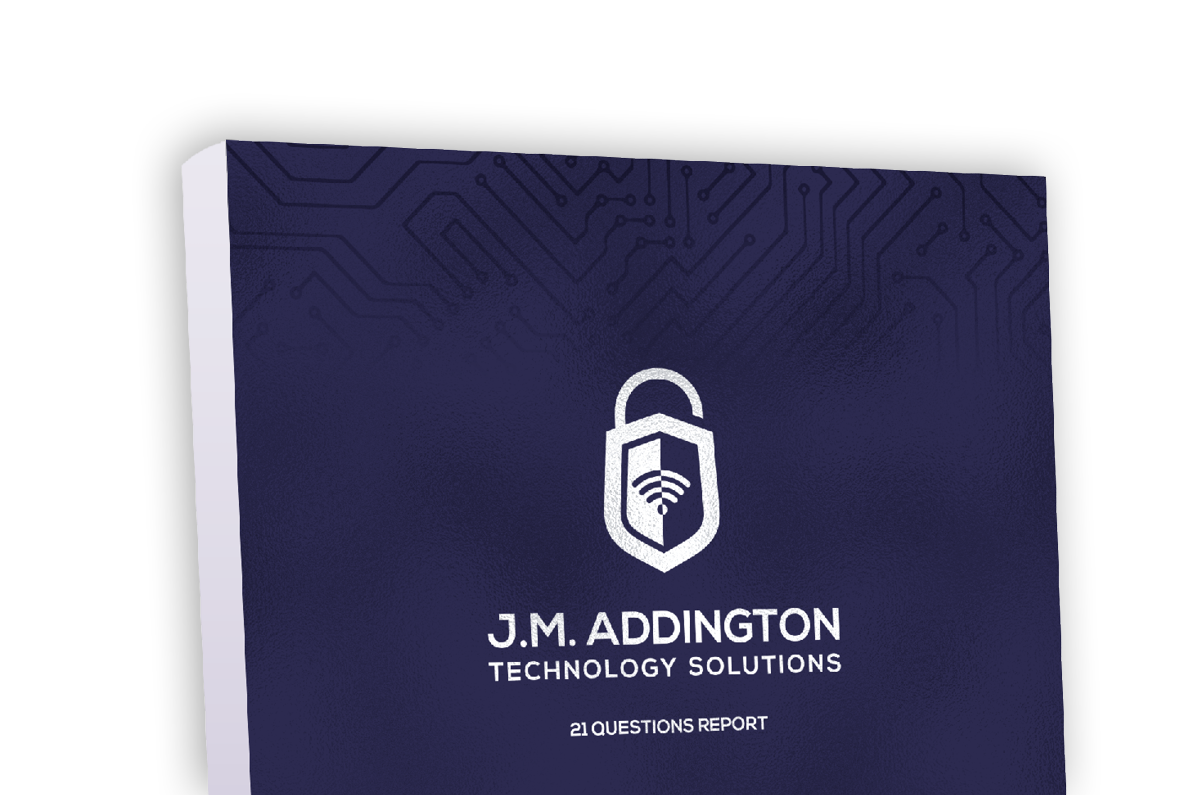In today’s rapidly evolving digital landscape, where cyberthreats and vulnerabilities continually emerge, it’s obvious that eliminating all risk is impossible. Yet, there’s a powerful strategy that can help address your organization’s most critical security gaps, threats and vulnerabilities — comprehensive cyber risk management.
Implementing a well-thought-out cyber risk management strategy can significantly reduce overall risks and strengthen your cyber defenses. To understand the profound impact of this approach, continue reading as we delve into the nuances that make it a game changer in digital security.
Cyber risk management vs. traditional approaches
Cyber risk management diverges significantly from traditional approaches, differing in the following key aspects:
Comprehensive approach: Cyber risk management isn’t just an additional layer of security. It’s a comprehensive approach that integrates risk identification, assessment and mitigation into your decision-making process. This ensures there are no gaps that could later jeopardize your operations.
Beyond technical controls: Unlike traditional approaches that often focus solely on technical controls and defenses, cyber risk management takes a broader perspective. It factors in cybersecurity culture, business processes, and data management for a comprehensive, adaptive security strategy.
Risk-based decision-making: In traditional cybersecurity, technical measures are frequently deployed without clear links to specific risks. Cyber risk management, however, adopts a risk-based approach. It involves a deep analysis of potential threats, their impact and likelihood, allowing you to focus technology solutions on addressing the highest-priority risks.
Alignment with business objectives: A distinctive feature of cyber risk management is its alignment with your overarching business objectives. It ensures that your cybersecurity strategy takes into account your mission, goals and critical assets, thereby making it more relevant to your organization’s success.
Holistic view of security: Cyber risk management recognizes the significance of people, processes and technology, embracing a holistic view of security. It acknowledges that a robust security strategy is not solely dependent on technology but also on the people implementing it and the processes that guide its deployment.
Resource allocation: By prioritizing risks based on their potential impact and likelihood, cyber risk management allows you to allocate resources more effectively. This means that your organization can focus on the areas of cybersecurity that matter the most, optimizing resource utilization.
The role of risk tolerance in cyber risk management
Risk tolerance is a pivotal aspect of enterprise risk management (ERM). It guides risk-taking, influences decisions, and helps achieve goals within acceptable risk levels.
Key components of risk tolerance are:
Willingness to take risks
Risk tolerance in cyber risk management involves accepting that not all risks can be eliminated, revealing your organization’s willingness to take calculated risks. It shapes your organization’s ability to innovate and seize opportunities while maintaining an acceptable level of security risk.
The capacity to absorb losses
This component of risk tolerance assesses your organization’s financial resilience. It’s about having a financial cushion to absorb losses, ensuring recovery from security incidents without major disruption.
Consideration of strategic objectives and long-term goals
Risk tolerance should be in harmony with your strategic objectives and long-term goals. It ensures that your risk-taking behavior is aligned with your organization’s broader mission, avoiding actions that could undermine your strategic direction.
Compliance and regulatory considerations
Meeting compliance and regulatory requirements is an essential aspect of risk tolerance. It involves understanding the legal regulations and ensuring your risk strategy complies to reduce potential legal risks.
Meeting the expectations of customers and stakeholders
A critical part of risk tolerance is understanding and meeting the expectations of your customers and stakeholders. It requires maintaining stakeholders’ trust by showing their interests and data security are prioritized in our risk management.
Collaborative path to success
Now that you understand how cyber risk management empowers organizations like yours to strengthen your defenses, it’s time to take action. Download our comprehensive checklist to navigate the four essential stages of cyber risk management. This resource will guide you in implementing a tailored strategy that meets your unique needs.
Don’t wait for the next cyberthreat to strike. Reach out to us today for a no-obligation consultation. Together, we’ll enhance your digital defenses, secure your organization’s future and prioritize your security.

Download our Report!
Get your copy of What Every Business Owner Must Know About Hiring an Honest, Competent, Responsive, and Fairly-Priced Computer Consultant.
